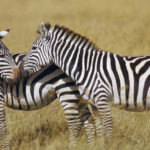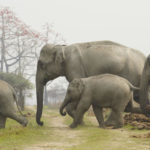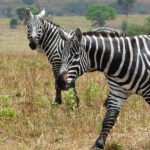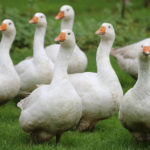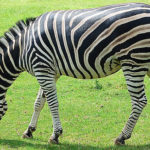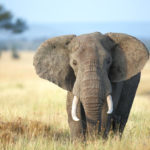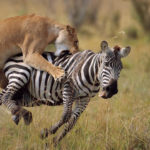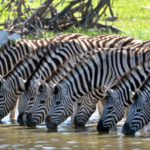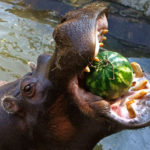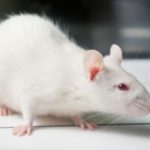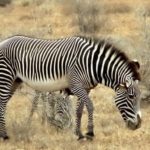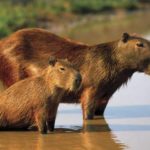Zebra adaptation
 Zebras are not tied to a specific territory, but migrate to places rich in food and drink. In the hot season, they graze before sunrise and after sunset, and at noon they rest. In the rainy season – on the contrary. They feed exclusively on plant foods, mainly grass.
Zebras are not tied to a specific territory, but migrate to places rich in food and drink. In the hot season, they graze before sunrise and after sunset, and at noon they rest. In the rainy season – on the contrary. They feed exclusively on plant foods, mainly grass.
Because of the low calorie content of food, they have to graze until 15 hours a day. Zebras drink water at least once a day, so they are always in areas with a close location of water bodies. During droughts, animals dig their hooves with deep pits into which water is leaking from under the earth. When this source of drinking ends, the herds migrate in search of fresh pastures.
Female zebras are ready for fertilization and the birth of foals at the age of 3-3.5 years. Pregnancy lasts 13 months. Usually only one calf is born. Mass birth begins in the rainy season. Foals appear in the light and after 10 minutes they can stand up and move independently.
Feeding with milk lasts up to 1 year, although a week-old foal can already pinch the grass. The mother does not allow anyone to her offspring for a long time, covering her cub with her body. It is believed that at this time there is a memorization of the color of the mother-zebra. During the birth, the male mite is next to the mare and protects if necessary. Females are prolific until 15-18 years, bringing one cub every 2-3 years.


